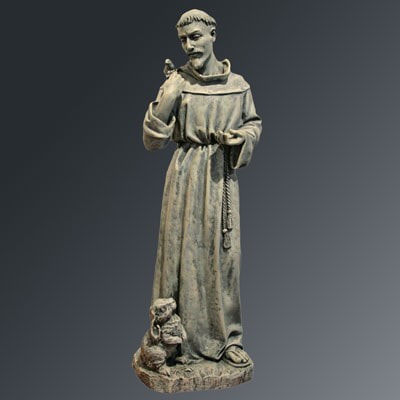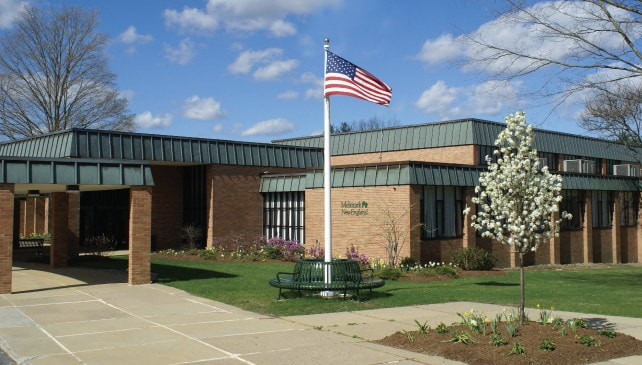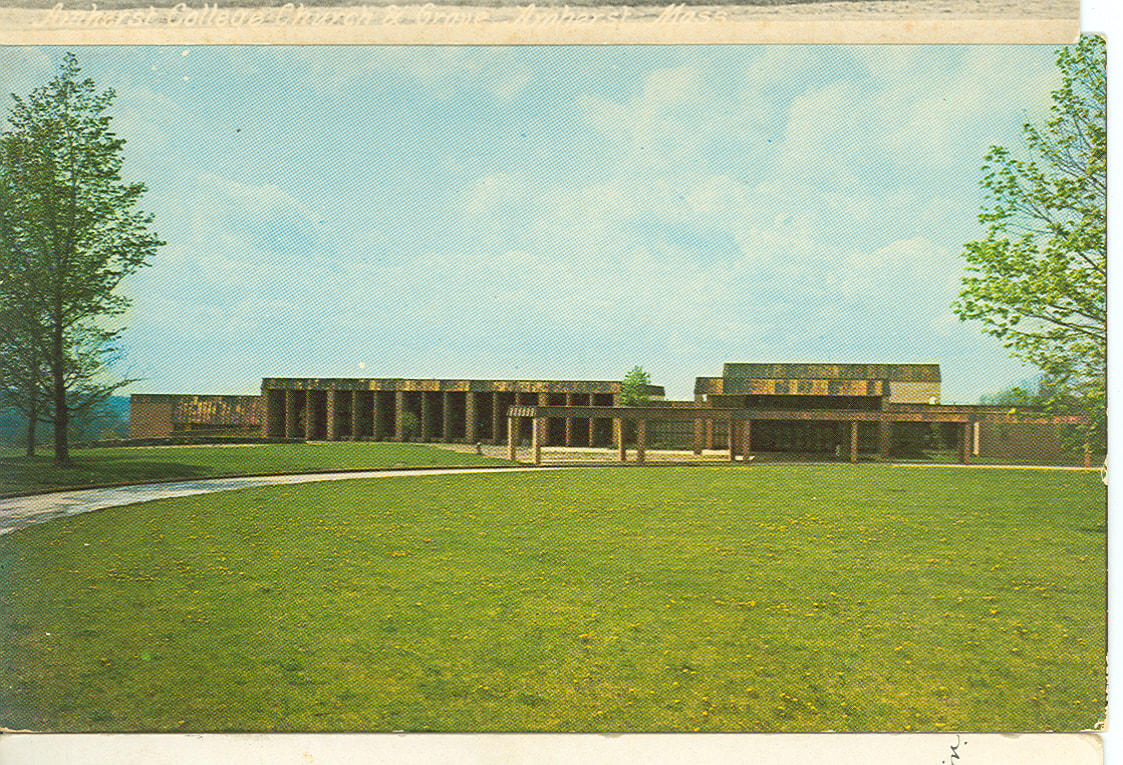|
A statue of a saint stood benevolently on the widow-shelf surrounded by plants basking in the sunlight. He was about ten inches high and composed of a dark brown, heavy, rough-cast metal. “Who is that?” I remember asking my mother, when I was about five years old. We learn so much about our world at our mother’s knee. I was a big beneficiary of having a teacher for a mother. “St. Francis of Assisi,” she told me. “My favorite saint,” she added, “along with Teresa the Little Flower.” Who was this St. Francis, hand raised, looking down upon us from the shelf? The impression I got of him, from my social-justice pursuing, liberation theology-espousing, National Catholic Worker-subscribing parents, was of a barefoot, soft-talking, sentimental, free-thinking, anti-authoritarian, tree and animal hugger and social activist. “He loved the animals, and the children, and most of all the poor,” she told me. Soon we were supplementing our Sunday worship with journeys with men and women who strove to live like St. Francis. The Christian Formation Center was founded in the late 1960s next to the St. Francis Seminary on River Road, West Andover, near the Tewksbury town line amid expansive fields and lawns that had once been a dairy farm. Down the slope, the Merrimack River ambled in the distance. The seminary there trained Franciscan priests from 1930 until 1977. The grand, colonial-looking building of the seminary was finally torn down last year to make way for high-end senior housing. Across the street stood the monastery of the sisters of Poor Clare, a female monastic order named after St. Clare of Assisi (1194-1253), the first follower of St. Francis of Assisi (1182-1226). The female Franciscans, nuns, and the male Franciscans, monks and priests, pursued their “formation” into the Franciscan way, alongside “secular” Franciscans, laity who were neither monastic nor clergy. And this is where the Christian Formation Center came in. Formation took many decades, and they worked together at attempting to achieve perfection into the ways of St. Francis. In contrast to the seminary and the monastery, the formation center was a modern structure, set way back from the road among the fields. It was supposed to offer alternative forms of religious expression, albeit within the teachings of St. Francis. Remember, this was the golden period after the reforms of the second Vatican Council, when modernization and making the Church more relevant to the times was the order of the day. Pope John XXIII, who had ushered in Vatican II, had himself been a Secular Franciscan before he became a priest, living an idealized life of poverty and holy contemplation as worked for the poor. Unlike our local church, St. Augustine’s on Ames Street in Lawrence, the Christian Formation Center had no pews for Mass. Seating was auditorium-style, with individual seats arranged in a curvature around an altar that was more like a central performance stage. I think kids sat cross-legged on the floor in front, where the priest and assembled clergy fawned over them. Fully-robed Franciscan priests and brothers walked the outdoor gardens and breezeways, and, when it was time for Mass, they mounted performances of tambourines, acoustic guitars and folk melodies, along with the nuns. We would regularly sing Michael Row the Boat Ashore when we attended Mass there. (In case you don’t know this song, is is a Negro Spiritual that was popular in the civil rights movement and among left wing activists.) These were no crusty parish priests, giving tired homilies and leading the traditional choir. Apparently, the Christian Formation Center sought to attract non-Catholic Christians to its worship, either in an ecumenical outreach that was in the spirit of the times, or as part of some kind of subtle Catholic proselytizing, I don’t know. The whole zeitgeist of the service was quite different from the other Catholic churches where I had attended worship. For one thing, there was speaking in tongues, and a lot of Catholic Pentecostals. Are there Catholic Pentecostals anymore? Other mounting was also going on. As my mother tells it, the Seminary closed in 1977 shortly after we started going, “because a bunch of the nuns got pregnant by a bunch of the seminarians and they all left the religious orders to get married.” I have no idea if it’s true, but we did stop going to the Christian Formation Center by about 1980 if memory serves me. As a secular formation center not tied to the clergy, it could in theory continue despite the closing of the seminary…and the nuns are still there, although they have a small, modern monastery now. Their old facility was torn down to make way for luxury housing, although the Christian Formation Center building survives to this day as a private school for autistic children. Anyway, within a few years, the entire tone of the Church changed. Although there was no return to the Latin Mass, within the Church the social justice trends of the 1970s gave way to the sexual politics of the 1980s, as Pope John Paul II led a traditionalist backlash. The last time my mother set foot in a church for Mass, other than for funerals or weddings, was when my younger sister had the sacrament of penance (first confession) at St. Augustine’s in 1984. After the CCD teacher repeatedly gave lessons on the place of women (in the home, subservient to men), my mother walked up to him after class to give him a piece of her mind. Things in her church had been changing for some years, and this must have been the last straw. She never went back to Mass, although she still has her statue of St. Francis looking over her in the kitchen. Above: Photo of the Melmark School, River Road, Andover, Mass., the former Christian Formation Center. Photo source: Melmark School website.
Below: A more expansive view of the facility when it was built.
2 Comments
Claire
11/24/2018 03:23:55 pm
I came across your article and for me it brought back good memories. My father was catholic and mother protestant. When this place was discovered my father made the transition to accept Jesus into his life in a way he was never taught. My mother also accepted Jesus into her life and they both began to serve God together. It was right around 1977. I was almost 13. We went to a kids class sometimes with Gary and Dody. They were very nice. Also I don't remember the friar, but he had black hair, italian and we loved him. I wasn't aware of the politics of it all, but it was an exciting time for our large family. We lived in Wakefield, so after attending there, we started Assembly of God in Lynnfield. Thanks for the memories!
Reply
Cathy
4/16/2022 09:22:18 pm
I loved the Catholic charismatic services on Thursday nights. People would get up and sad say a prophesy. People would dance around the church together. There were life in the Spirit classes led by a nun Sister Catherine which taught us about the gifts of the Spirit.
Reply
Leave a Reply. |
|



 RSS Feed
RSS Feed